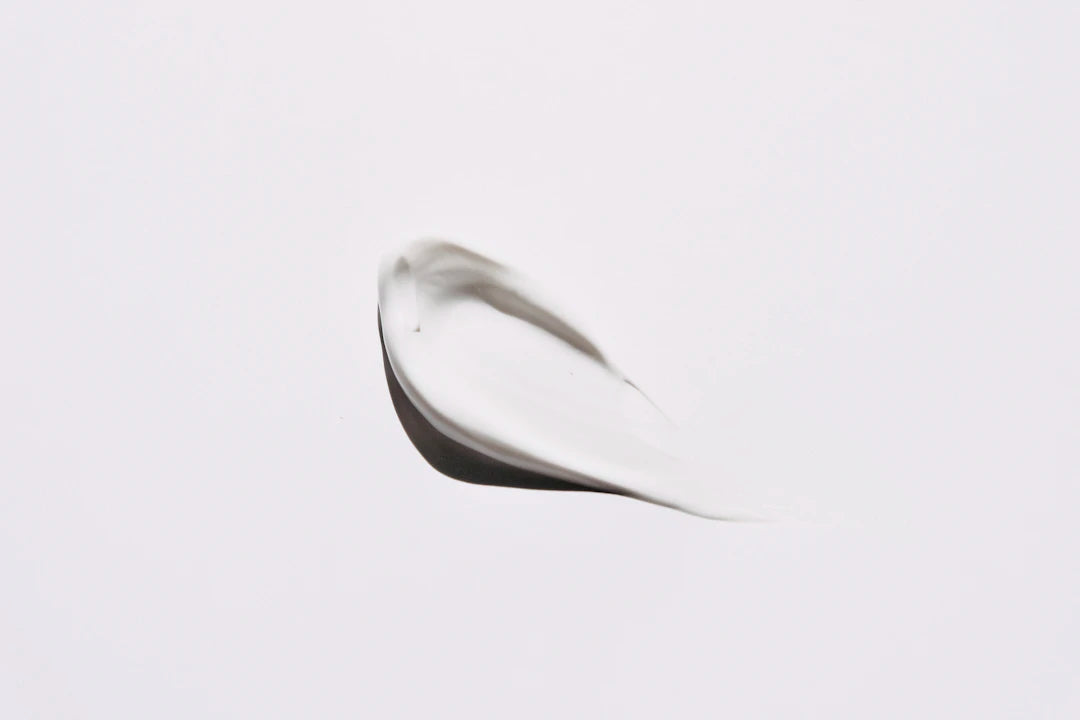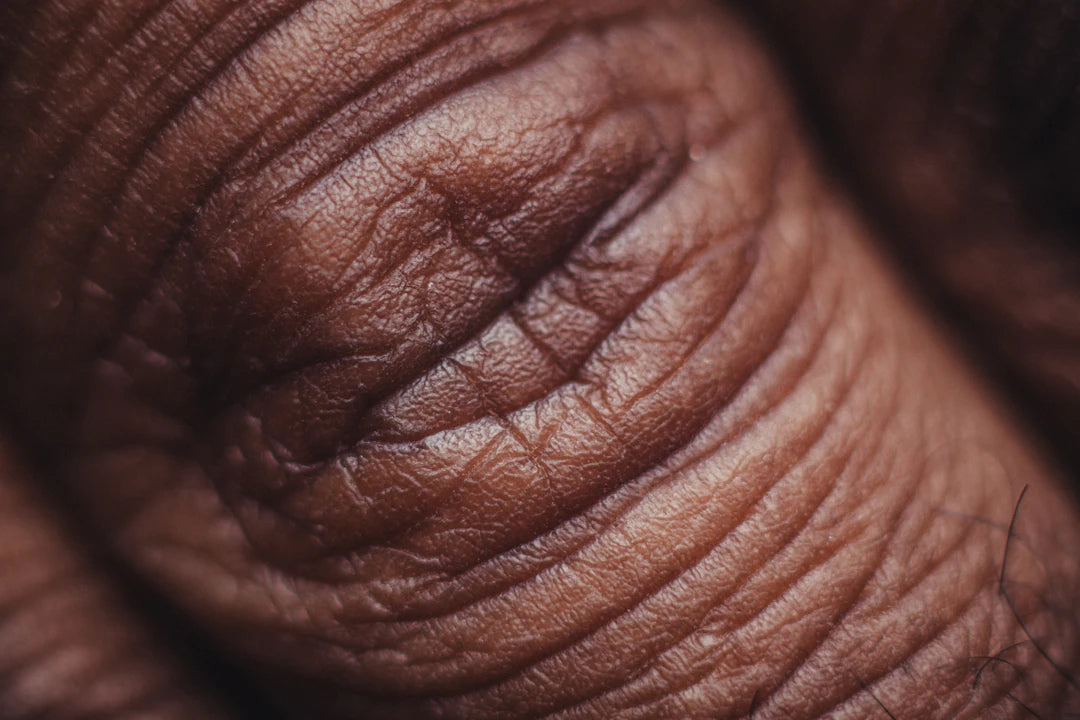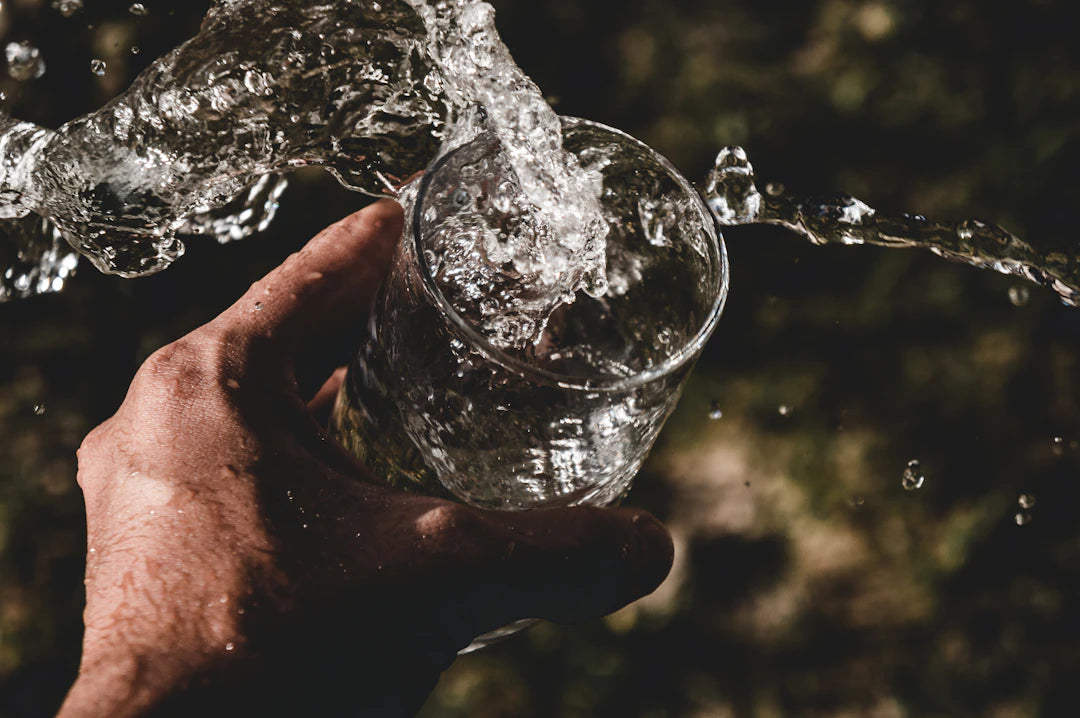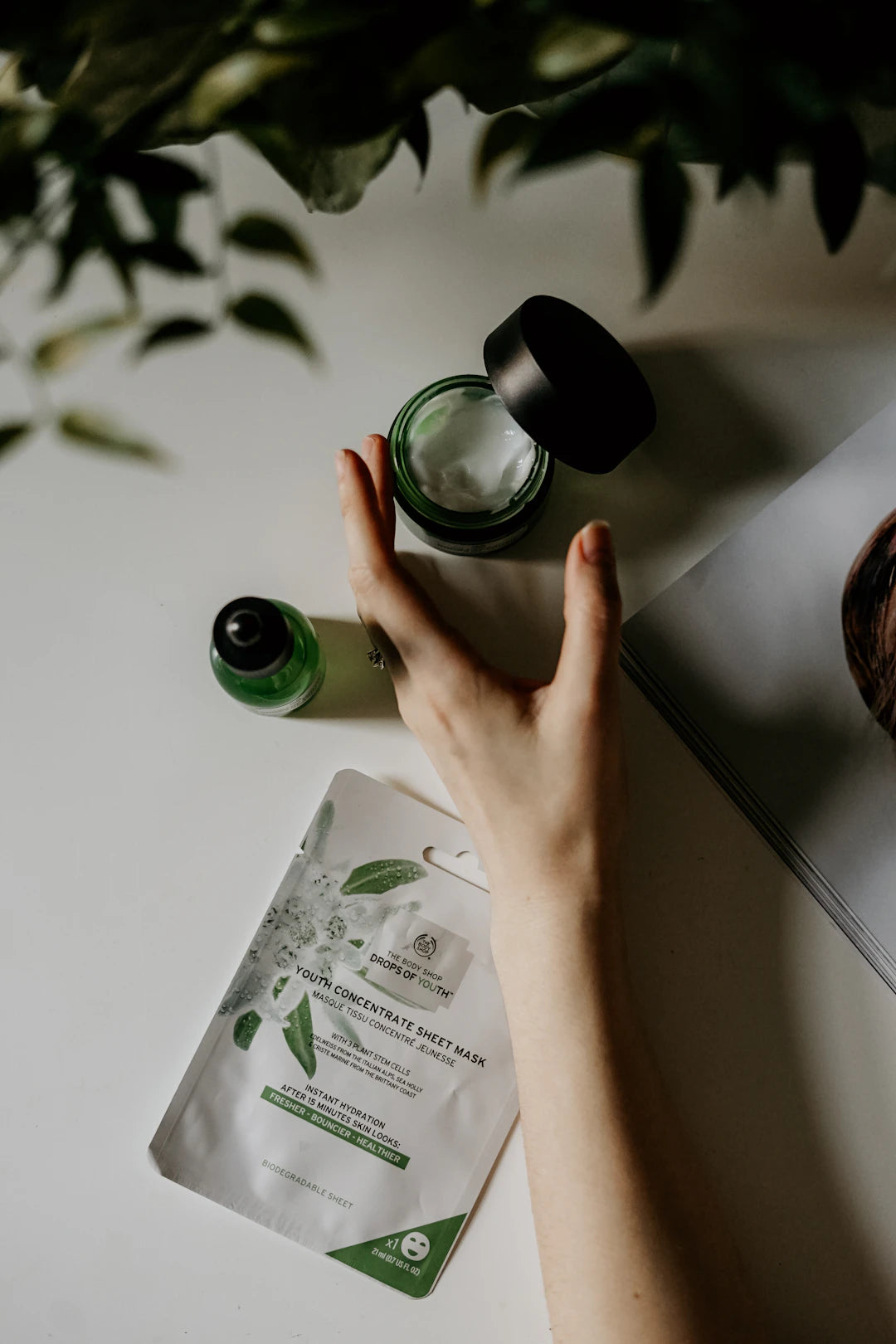The Essential Role of Cleansing in Your Skin Care Routine

Frequently Asked Questions
1. Why is cleansing important for my skin?
2. What are the different types of cleansers?
3. What steps should I follow for an effective cleansing routine?
4. What common mistakes should I avoid while cleansing?
5. How can I enhance my cleansing routine?
Your skin is your body's largest organ, and taking good care of it should be a priority for everyone. A well-structured skin care routine can dramatically enhance not just the appearance of your skin but also its health. One of the fundamental steps in any effective skincare routine is cleansing. Not only does it remove impurities, but it also sets the stage for other treatments such as photofacial treatments and skin tightening procedures. In this blog post, we delve deep into the various aspects of cleansing, why it's important, and how to do it effectively.
Why Cleansing is Crucial for Your Skin
Cleansing is the first step to achieving a radiant and healthy complexion. It involves removing dirt, oil, and makeup that accumulate on your skin daily. If these impurities are not removed, they can lead to a range of skin issues, including breakouts, dullness, and uneven texture. Here’s a deeper look into why cleansing is crucial:
Removes Impurities
Your skin is constantly exposed to environmental pollutants, allergens, and bacteria. Throughout the day, your skin collects dirt and oil, which can clog pores if not washed off. Regular cleansing helps to remove these impurities, allowing your skin to breathe and function optimally.
Prepares Skin for Other Products
After cleansing, your skin is ready to absorb other skincare products more effectively. Whether you're applying moisturizers, serums, or preparing for a photofacial treatment, clean skin enhances the effectiveness of these products.
Balances Skin's pH
A good cleanse can help stabilize your skin's pH levels. A well-balanced pH level is crucial for keeping your skin barrier intact, which protects you against irritants and helps retain moisture.
Types of Cleansers: Finding Your Perfect Match
Not all cleansers are created equal, and choosing the right type for your skin type is essential. Here are some popular types of cleansers to consider:
Gel Cleansers
Ideal for oily and acne-prone skin types, gel cleansers are effective at deep cleaning pores without stripping the skin of its natural oils. They often contain exfoliating properties that can help prevent breakouts.
Cream Cleansers
Cream cleansers are perfect for dry or sensitive skin types. They are often more hydrating and can cleanse without the harsh effects that some gel cleansers might impose. These cleansers can make your skin feel soft and nurtured.
Foaming Cleansers
Foaming cleansers work for all skin types but are especially beneficial for oily skin. They help remove excess oil and impurities without leaving your skin feeling tight.
Micellar Water
Micellar water is a great choice for all skin types, especially for those who wear heavy makeup or are on-the-go. This gentle cleanser can efficiently remove makeup and dirt without rinsing, making it a versatile option.
Steps to an Effective Cleansing Routine
Now that you understand the importance and different types of cleansers, let’s look at how to create an effective cleansing routine.
Step 1: Remove Makeup
If you wear makeup, start your cleansing routine by removing it. Use a makeup remover or micellar water to ensure all traces of makeup are eliminated. This step is crucial for preventing clogged pores and preparing your skin for the regular cleansing process.
Step 2: Use Your Chosen Cleanser
Once your makeup is removed, apply your selected cleanser. Use lukewarm water to wet your face and apply the cleanser in gentle circular motions. Spend about 30 seconds to a minute massaging the cleanser into your skin.
Step 3: Rinse Thoroughly
After cleansing, rinse your face thoroughly with lukewarm water to remove all traces of the product. Ensuring that no residue is left behind will allow your skin to be primed for additional treatments.
Step 4: Pat Dry
Gently pat your face dry with a clean towel. Avoid rubbing your skin, as this can cause irritation. Once dry, your skin is ready for the next steps in your skincare routine, such as applying serums or preparing for skin tightening treatments.
Common Cleansing Mistakes to Avoid
While cleansing may seem straightforward, it’s easy to make mistakes that can compromise your skin’s health. Here are some common cleansing errors to be aware of:
Over-Cleansing
Over-cleansing can strip the skin of its natural oils and disrupt its pH balance. This can lead to dryness, irritation, and increased oil production as your skin fights to compensate. Aim to cleanse twice a day—once in the morning and once at night.
Using Harsh Products
Choosing harsh cleansers filled with sulfates and fragrances can be damaging, especially for sensitive skin. Opt for gentle, sulfate-free products that provide effective cleansing without irritation.
Ignoring the Neck and Decolletage
Many people forget to cleanse these areas. Your skin extends beyond your face, and neglecting your neck and chest can lead to uneven skin tone and signs of aging. Be sure to include these areas in your cleansing routine.
Cleansing for Different Skin Types
Each skin type has unique needs, and understanding yours will help you choose the best cleansing products. Here’s a guide to help you:
Oily Skin
If you have oily skin, look for a foaming or gel cleanser that targets excess oil and prevents breakouts. Active ingredients like salicylic acid can help keep your pores clear.
Dry Skin
For dry skin, opt for cream or hydrating cleansers. Look for ingredients that nourish and moisturize, such as glycerin or hyaluronic acid, to help maintain your skin's natural moisture balance.
Sensitive Skin
Those with sensitive skin should choose fragrance-free and hypoallergenic products. A gentle cream or oil cleanser can help provide moisture and soothe irritation.
Combination Skin
If your skin is combination, you may need to tailor your routine. Consider using a gel cleanser for areas that get oily, like your T-zone, and a cream cleanser for dry patches.
Enhancing Your Cleansing Routine
Cleansing isn’t a one-size-fits-all approach. Here are a few tips to enhance your cleansing routine:
Incorporate Exfoliation
Exfoliation removes dead skin cells and promotes cell turnover, giving your complexion a fresh look. Consider incorporating a gentle exfoliating product 1-2 times a week to enhance your cleansing routine.
Use Warm Water
Using warm water while cleansing can help to open your pores and ensure a deeper cleanse. However, avoid hot water, which can irritate your skin.
Regularly Change Your Towels
Dirty towels can harbor bacteria, which can lead to breakouts and skin issues. Change your towels regularly and opt for a clean one every time you dry your face.
The Journey to Radiant Skin Begins With Cleansing
In conclusion, maintaining a regular cleansing routine is the foundation of healthy, glowing skin. The benefits are numerous—from removing impurities and balancing your skin’s pH to preparing it for more advanced treatments like photofacial treatments and skin tightening procedures. By understanding your skin type, avoiding common cleansing mistakes, and enhancing your routine, you can pave the way for a radiant complexion. Begin your journey to beautiful skin today by prioritizing cleansing in your skincare regimen, and remember, a little effort goes a long way in supporting your skin’s health.


